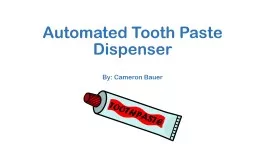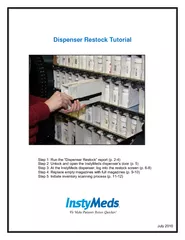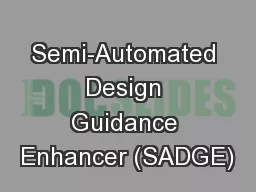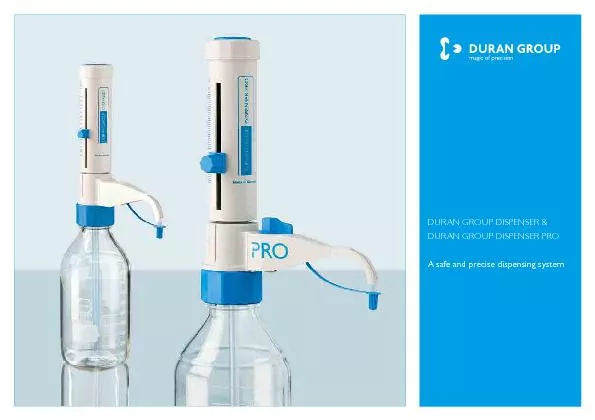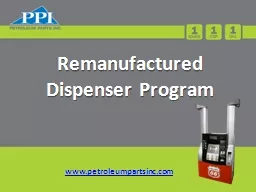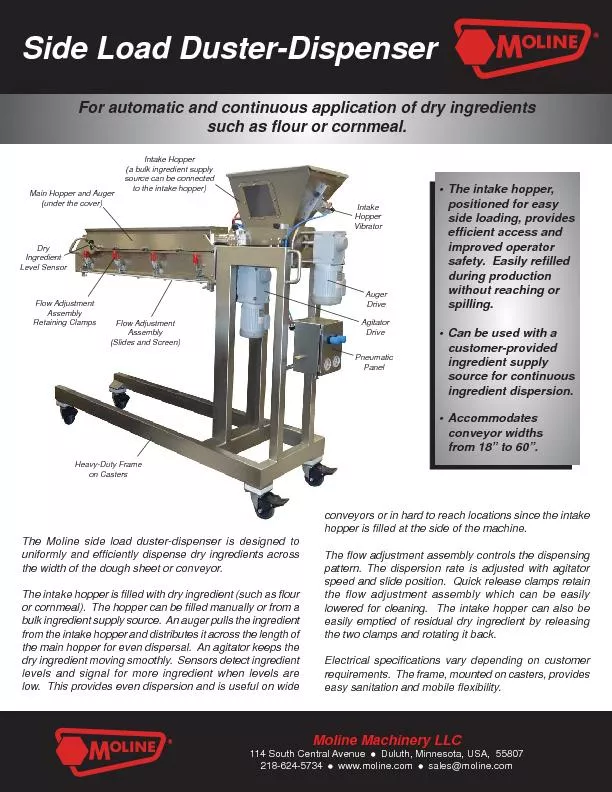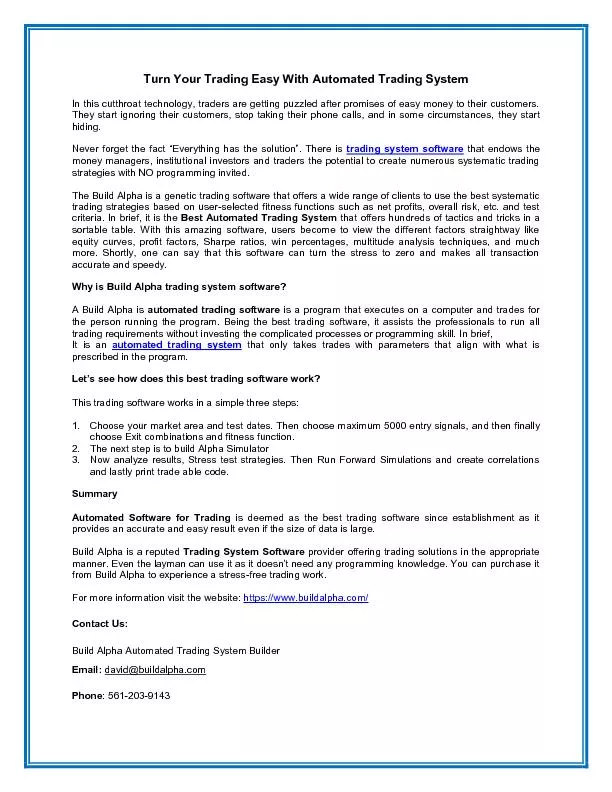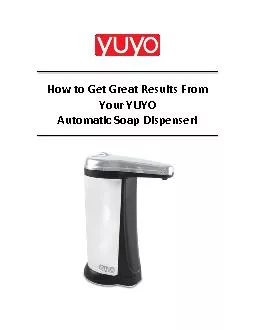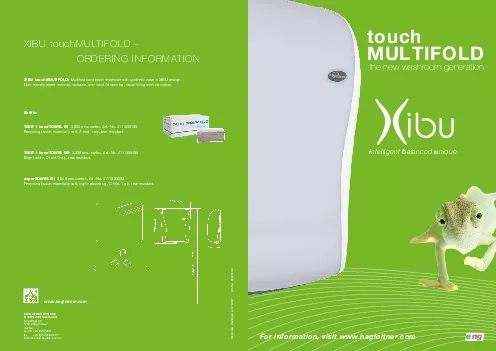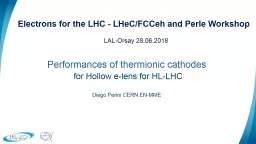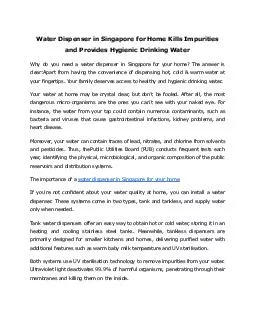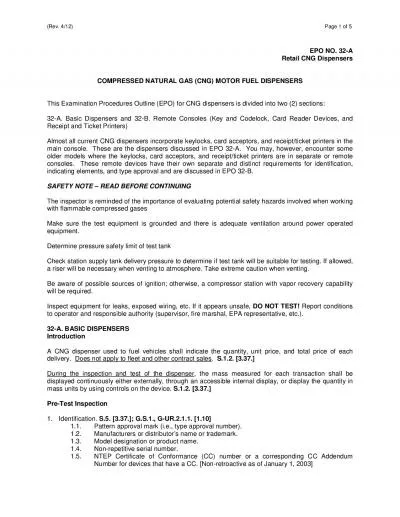PPT-Automated Tooth Paste Dispenser
Author : jane-oiler | Published Date : 2018-03-23
By Cameron Bauer Design Overview Tooth Brush Feeding System Stack tooth brushes in these cartridges Rack and Pinion Dispenser Pressure Vessel How the System Works
Presentation Embed Code
Download Presentation
Download Presentation The PPT/PDF document "Automated Tooth Paste Dispenser" is the property of its rightful owner. Permission is granted to download and print the materials on this website for personal, non-commercial use only, and to display it on your personal computer provided you do not modify the materials and that you retain all copyright notices contained in the materials. By downloading content from our website, you accept the terms of this agreement.
Automated Tooth Paste Dispenser: Transcript
Download Rules Of Document
"Automated Tooth Paste Dispenser"The content belongs to its owner. You may download and print it for personal use, without modification, and keep all copyright notices. By downloading, you agree to these terms.
Related Documents

